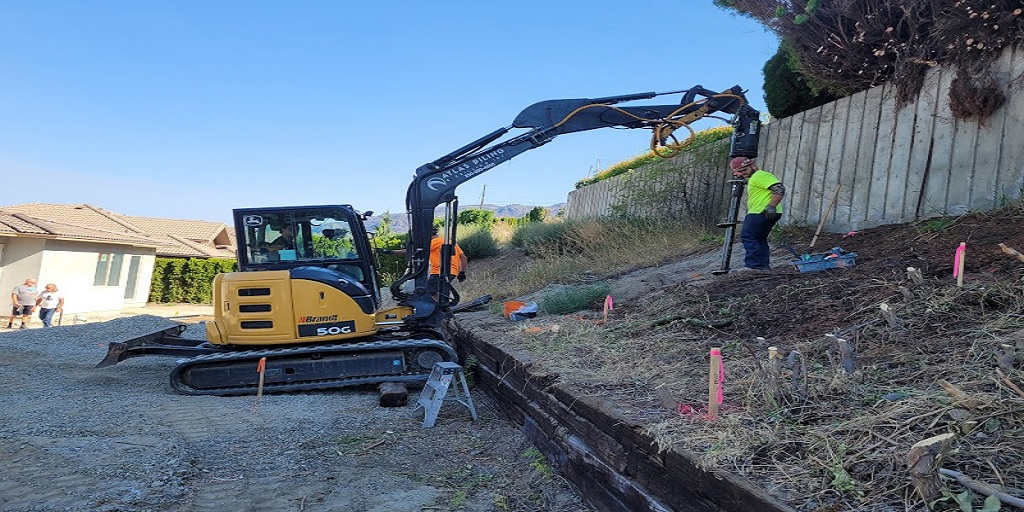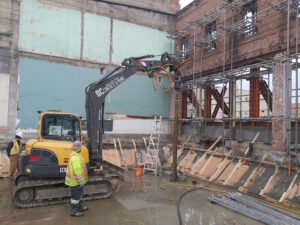
Ensuring workplace safety is a top priority for piling contractors, as they work in an environment where risks are prevalent. The construction industry, including piling operations, requires adherence to strict safety protocols to prevent accidents and injuries. Piling contractors, who handle heavy machinery and specialized equipment like helical piles foundation, must prioritize safety at all times to protect their workforce and the public.
Proper Training and Certification
One of the most crucial aspects of workplace safety for piling contractors is ensuring that all team members receive comprehensive training and certification. This includes training in the operation of heavy machinery, safety procedures, and the correct handling of materials like helical piles foundation.
Piling contractors should invest in regular safety training sessions that cover not only the basics of equipment operation but also emergency response procedures. Certification programs, recognized by industry standards, should be completed by all employees to ensure they are fully qualified to handle the responsibilities associated with their roles.
Personal Protective Equipment (PPE)
The use of appropriate personal protective equipment (PPE) is essential for safeguarding workers on a piling site. This includes items such as hard hats, gloves, safety goggles, steel-toed boots, and high-visibility vests. Piling contractors should have a stringent PPE policy in place and ensure that all team members are wearing the required gear at all times.
Regular inspections and replacements of PPE should be conducted to maintain their effectiveness. Additionally, workers should be trained on the proper use and maintenance of PPE to ensure maximum protection against hazards like falling objects, heavy machinery, and other construction-related risks.
Safe Handling of Equipment and Materials
Handling heavy equipment and materials like helical piles foundation requires careful planning and execution. Piling contractors must have established procedures for loading, unloading, and transporting these materials safely. Training should include guidelines on the proper use of equipment, such as cranes and forklifts, and the importance of maintaining a clear and organized workspace. Contractors should have a protocol for inspecting machinery daily and performing routine checks to ensure that all equipment is functioning correctly and safely.
Clear Communication and Signage
Effective communication is key to ensuring safety on a piling site. Contractors should implement clear and consistent communication strategies, including regular meetings, toolbox talks, and written instructions. Using visual aids, such as signs and labels, to indicate potential hazards and safety rules can help workers stay informed and vigilant.
All communication materials should be in a language that is easily understood by all team members to avoid misunderstandings. Contractors should also establish a system for reporting hazards and near-misses so that issues can be addressed promptly and prevent accidents from reoccurring.
Emergency Response Planning
Having a robust emergency response plan in place is critical for dealing with accidents or unexpected incidents on the job site. Piling contractors should create and regularly update emergency response plans that include evacuation procedures, first aid protocols, and contact information for emergency services.
Workers should be trained to respond effectively to emergencies, including how to use firefighting equipment, first aid kits, and emergency communication systems. Regular drills should be conducted to ensure that everyone knows their role and responsibilities during an emergency.
Workplace safety is a shared responsibility for piling contractors. By implementing these best practices, contractors can create a safer environment for their workforce and reduce the risk of accidents on the job site. From proper training and PPE usage to effective communication and emergency response planning, each element plays a crucial role in maintaining safety standards.


